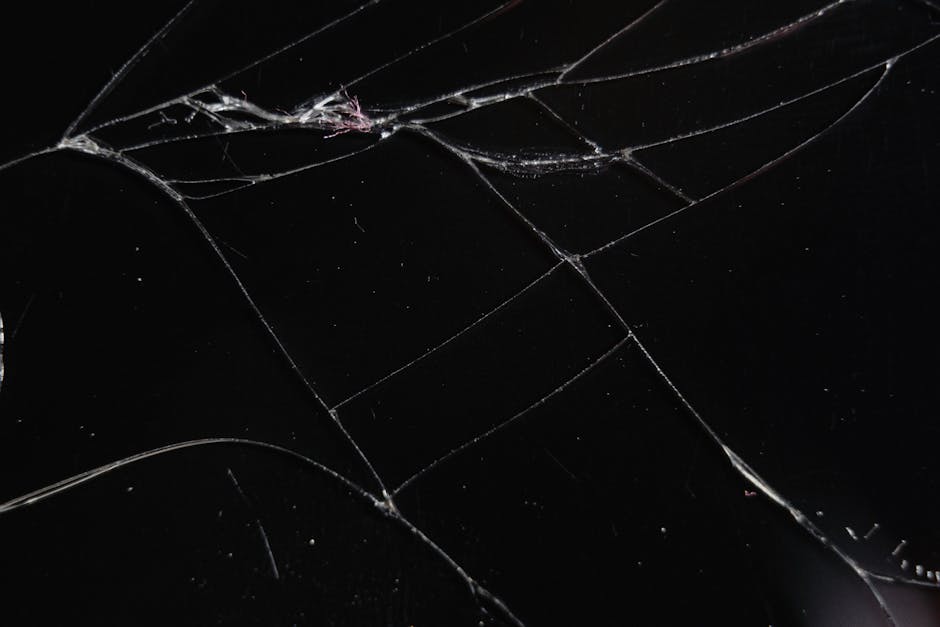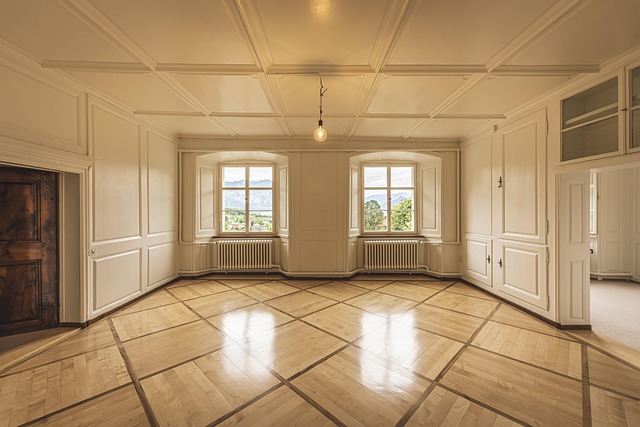Planning and Research
Before diving into any interior design project, it is essential to take the time to plan and research. Start by determining the purpose of the space and the overall look and feel you want to achieve. Consider factors such as the function of the room, the flow of traffic, and the natural light available. Research different design styles and trends to help inspire your own unique vision.
Color Scheme
One of the most important elements of interior design is the color scheme. Choosing the right colors can make a significant impact on the overall look and feel of a space. When selecting colors, consider the mood you want to create. Cool tones such as blues and greens can create a calming atmosphere, while warm tones like reds and yellows can add energy and warmth. Experiment with different color combinations to find the perfect balance for your space.
Furniture Placement
The placement of furniture can greatly affect the functionality and flow of a room. When arranging furniture, consider the scale and proportion of each piece. Ensure that there is enough space for movement and that the furniture is arranged in a way that encourages conversation and interaction. Don’t be afraid to experiment with different layouts until you find one that works best for your space.
Lighting
Lighting is a crucial aspect of interior design that is often overlooked. The right lighting can enhance the ambiance of a room and highlight its best features. Consider incorporating a mix of overhead lighting, task lighting, and accent lighting to create layers of light that are both functional and beautiful. Natural light is also essential, so be sure to maximize the amount of natural light in a space by using sheer curtains or reflective surfaces.
Accessories
Accessories are the finishing touches that can bring a room to life. From throw pillows and rugs to artwork and plants, accessories can add personality and character to a space. When selecting accessories, consider the overall style and color scheme of the room. Choose pieces that complement the existing design and add visual interest. Don’t overcrowd the space with accessories; instead, focus on a few key pieces that make a statement.
In conclusion, interior design is a creative process that requires careful planning and attention to detail. By following these building advice kdainteriorment, you can create a stylish and functional interior that reflects your personal style and enhances your living space. Remember to take your time, experiment with different elements, and have fun with the process. Happy designing!




